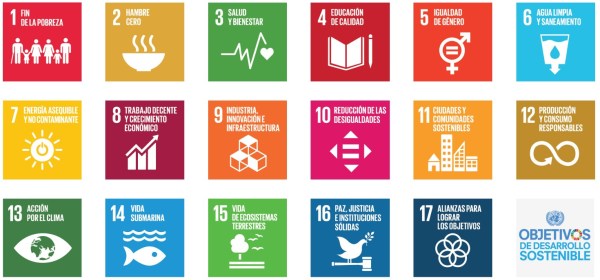Green Digital Action is not only a pivotal factor in achieving environmental targets; it is also essential for transforming economies and societies into a new paradigm rooted in environmental sustainability and the circular economy.
During the Climate Summit, global leaders in technology and the environment signed a joint declaration to drive climate action through the use of digital technologies and to reduce the environmental impact of these same technologies.
In total, over 1,000 governments, businesses, civil society organisations, international and regional bodies, and other stakeholders supported the COP29 Declaration on Green Digital Action. At Telefónica, we reaffirm our dedication to promoting sustainable digitalisation, driven by the ITU’s Green Digital Action initiative.
Digital technologies are key allies in the fight against climate change
The Green Digital Action was launched at COP28 in Dubai calling on the technology industry to establish common criteria, implement transparent reporting practices, and systematically promote the reduction of its own emissions, among other commitments.
Since then, the ITU, the United Nations agency for telecommunications development and digital inclusion, has been advancing various lines of action to foster the sustainable digital transformation of economies and societies.
The COP29 Declaration on Green Digital Action recognises the pivotal role of digital technologies in mitigating and adapting to climate change. Its objectives underscore how digital innovations can help reduce greenhouse gas (GHG) emissions and provide life-saving tools to inform and warn threatened communities at risk.
The declaration also highlights the adverse impacts of digital technologies on the climate, such as the increasing resource consumption and emissions associated with data centres and artificial intelligence (AI), as well as the carbon footprint and pollution stemming from technology manufacturing. It emphasises the growing challenge of e-waste and the necessity of transitioning to a circular economy.
Common objectives for sustainable digital transformation
The declaration, which also promotes digital inclusion and accessibility, is structured around eight common objectives:
- Leveraging digital technologies for comprehensive global action on GHG emissions, energy efficiency, climate monitoring and forecasting, and enhancing emergency response and preparedness.
- Developing digital infrastructure resilient to the impacts of climate change.
- Mitigating the impacts of digital technologies and achieving net zero emissions by powering digital infrastructure with clean energy, adopting approaches to measure and monitor the climate impacts of ICTs, minimising resource intensity and addressing e-waste.
- Making digital technologies for climate action accessible to developing countries, while enhancing digital literacy, especially among young people and women.
- Harnessing data to fully understand the impact of green digital solutions and monitor regulatory adherence.
- Promoting sustainable innovation by mobilising existing climate funds, investing in research and development, protecting intellectual property rights, and fostering the use of environmentally sustainable digital technologies and resilient infrastructure.
- Encouraging sustainable consumer practices.
- Sharing best practices on policies and digital technologies to reduce GHG emissions and enhance adaptation and resilience.
Next steps on Green Digital Action
Telefónica has actively participated in the development of the ITU’s Green Digital Action initiative since its inception. Our goal is to achieve net zero emissions by 2040 across our entire value chain and contribute to decarbonising other industries. We firmly believe that digitalisation is key enabler of economic and societal transformation. Through the establishment of strong and lasting partnerships, we aim to drive progress towards achieving shared climate goals. By supporting the declaration promoted at COP29, we are advancing together towards sustainable digital transformation.










